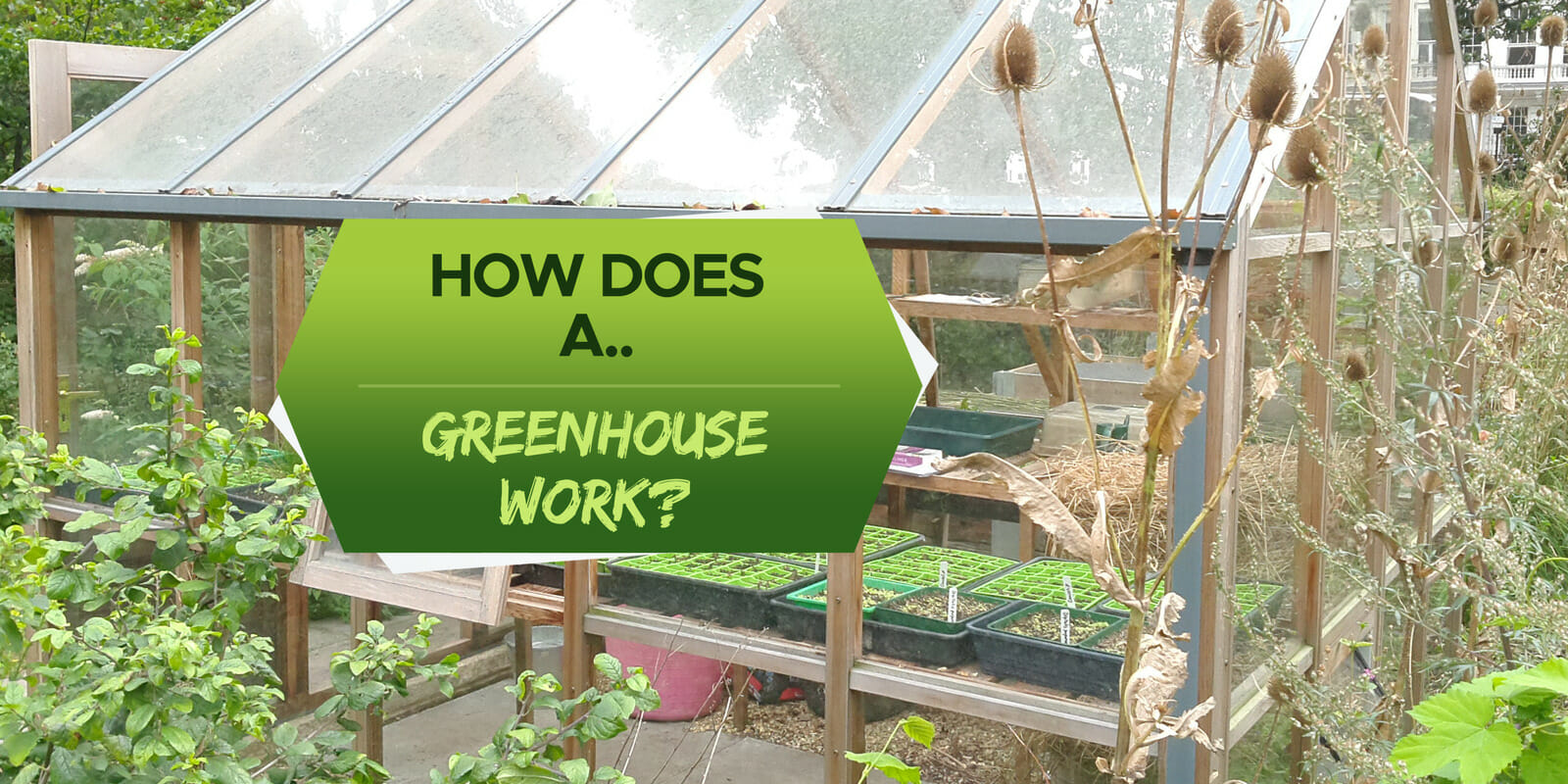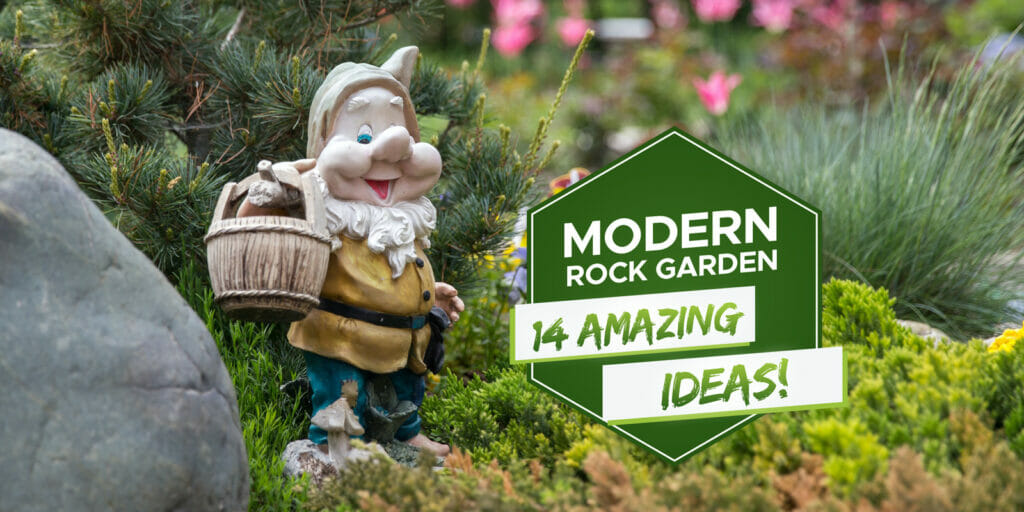As gardeners, of course, we would love to be able to garden all year round. Unfortunately, that is not always possible in the dead of winter. That’s where greenhouses come in, but how does a greenhouse work?
In a nutshell, greenhouses work by letting the sun’s rays enter through the glass, where it is converted into heat that warms the space to create a microclimate.
These glass structures look beautiful from the outside and keep your plants in the ideal conditions. They really are an incredible feature to have sitting at the bottom of the garden using science to keep your plants warm and happy.
This article is going to deep dive into the world of greenhouses and let you know exactly how they work and how you can use one to your advantage.
What is a Greenhouse?
A greenhouse is a structure built from transparent glass or plastic that allows the sun’s electromagnetic waves into it. This creates a micro-climate that is ideal for growing plants that need regulated climatic conditions.
Besides creating a micro-climate within its walls, greenhouses will protect delicate plants from heavy rain, snow, and wind that might otherwise damage them. This makes them the perfect place to germinate seeds of any kind so they can establish themselves and start off life strong.
The primary function of a greenhouse is to be able to grow all year round, regardless of the weather. During the summer, it is ideal for more tropical plants and starting seedlings. In winter, it can be used to continue gardening and growing vegetables even when inhospitable outside. If you are used to the luxury of home-grown vegetables, then a greenhouse is the perfect way to keep this up, even in winter.
Even farmers use the magic of greenhouses to maximize their yield. Commercial greenhouses are huge structures with many fancy bells and whistles like screening, heating and cooling systems, and specialized lighting controlled using a computer to create the perfect environment for growing commercial crops.
Not only do greenhouses allow you to keep gardening, no matter the weather, but they also allow you to grow a more extensive variety of plants that your climate might not otherwise suit. This means you can get a little creative and grow some wonderful tropical plants within the safety of its walls.
So, greenhouses are used for growing various plants and vegetables all year round in their ideal growing conditions, but how do they manage it? Let’s get down to the nitty-gritty.
Image Credit: https://www.essentialhomeandgarden.com/how-does-a-greenhouse-work/
How Does a Greenhouse Work?
Greenhouses work by allowing the sun’s electromagnetic waves in through the transparent material, where it is converted from light energy into heat energy.
So, basically, a greenhouse creates a microclimate inside it where plants can be kept in their ideal conditions all year round.
The way this works comes down to wavelengths. When the sun enters through the glass, it is changed into heat and absorbed by not only the plants but also the floor and other structures in the house like insulation. This conversion changes the shape of the light’s wavelength into one that cannot escape back through the glass as soon as it enters.
So now the heat is trapped in the greenhouse; what happens next?
As we all learned in science class, hot air rises and pushes the cold air down, which is precisely what happens inside your greenhouse. The warm air that has been created inside rises causing the cold air to sink, which creates a cycle within the small space. This is just how larger climates work; you have just started your own custom climate by containing it in a small area. The warm air will cause condensation and create a humid environment that certain plants love.
The floor will also absorb the heat generated inside the greenhouse. Brick floors are an excellent idea in a greenhouse because they absorb and hold heat well, releasing it slowly back into the environment, which helps the space retain its warmth even when the temperature outside has dropped.
The heat produced by the plants and floor will be slowly released into the space and keep it warm after the sun goes down.
Positioning your greenhouse is key to getting this process going, so make sure, when you build your greenhouse, that it is in an area that is south-facing and gets direct sunlight for the majority of the day.
Greenhouse vs. Hothouse
One of the big questions regarding greenhouses is; what is the difference between a greenhouse and a hothouse?
The main difference is that a greenhouse is heated by the sun, while a hothouse is heated by a special heating system.
Choosing which one you need really depends on your climate. If you live in a country with warm weather and mild winters, a greenhouse will serve you just fine. However, if you have harsh winters, then you might need a hothouse.
Luckily, you don’t actually need to choose between the two. It is possible to have a structure that works as a greenhouse in warmer weather but can be heated externally during the winter.
If you are in an area with milder winters but want to ensure your greenhouse stays warm, we suggest using bubble wrap as insulation. It is cheap, effective, and really easy to install yourself.
Frequently Asked Questions:
Is it worth heating a greenhouse?
One of the beauties of greenhouses is that they create a warm environment without having to spend any extra money on electricity. This is cost-effective and environmentally friendly.
If your winters are on the milder side, then you may be able to get away with using simple insulation, like bubble wrap, to keep the space warm. However, if your winters are very cold, then it is worth spending the extra money on a heating system to keep your plants cozy and safe.
Can plants freeze in a greenhouse?
This all depends on the climate you are living in.
If you have snow on the ground outside and the weather is very cold, your plants may suffer. While leafy or root vegetables can survive in a greenhouse in any climate, if you are growing more tropical plants, then you will need to convert your greenhouse into a hothouse in the colder months.
Conclusion
We don’t know about you, but we find greenhouses so fascinating, and knowing how they work has only heightened those feelings!
In summation, greenhouses cleverly use the power of the sun to keep your precious plants warm and safe while also allowing you to garden all year round! What a joy! They do this by trapping light rays from the sun and converting them into heat energy that is trapped within its walls.
We love when we can bring science into the garden and harness its power to our advantage, and that’s exactly what a greenhouse does.
We hope this has answered all your greenhouse questions and maybe even motivated you to invest in your own.





